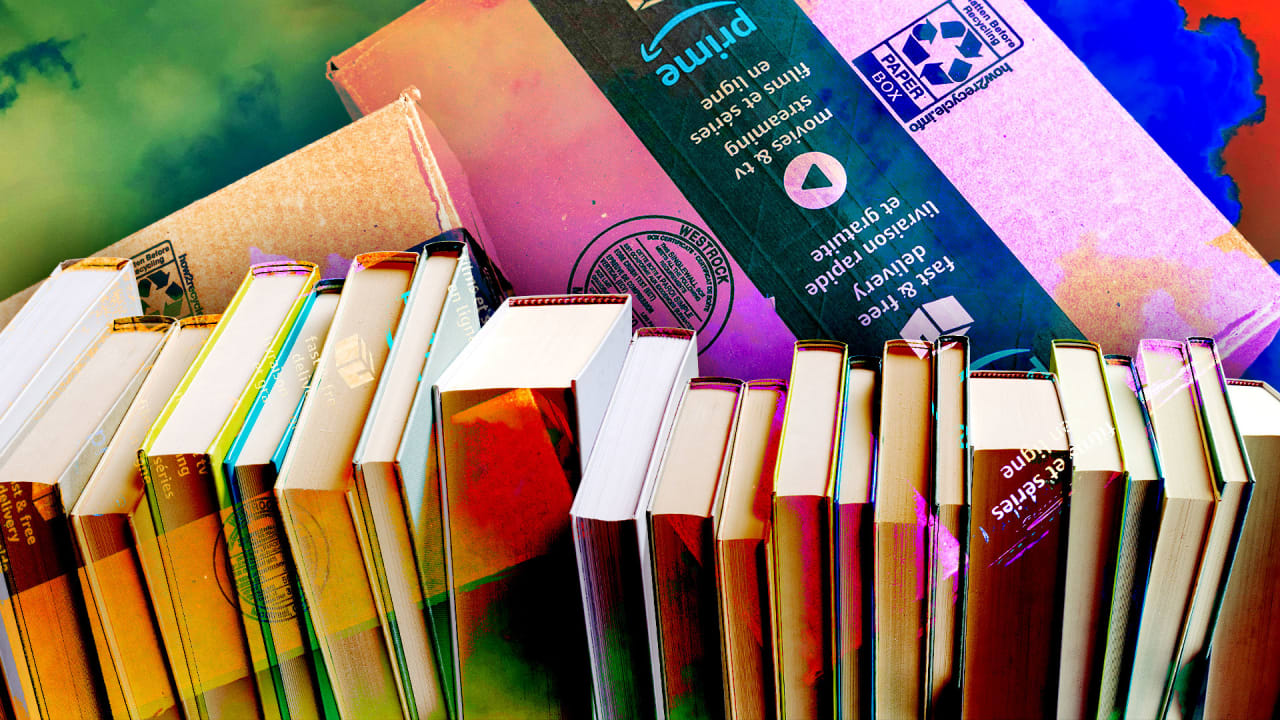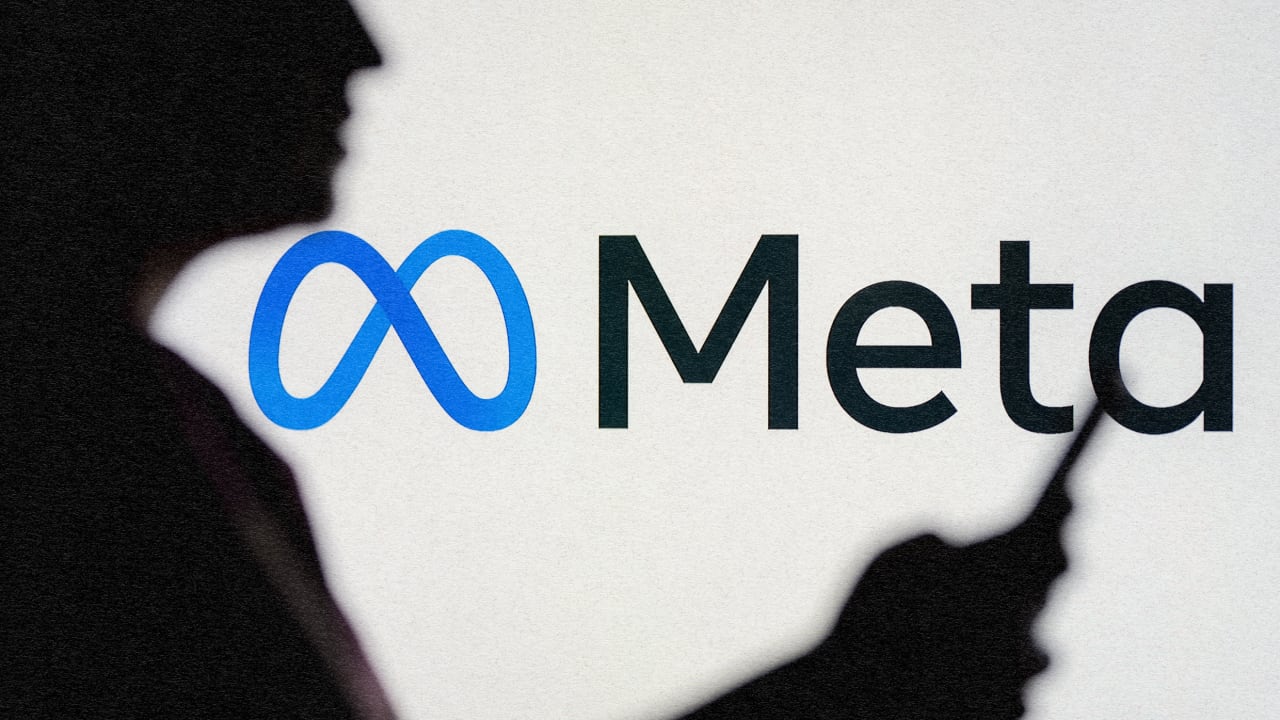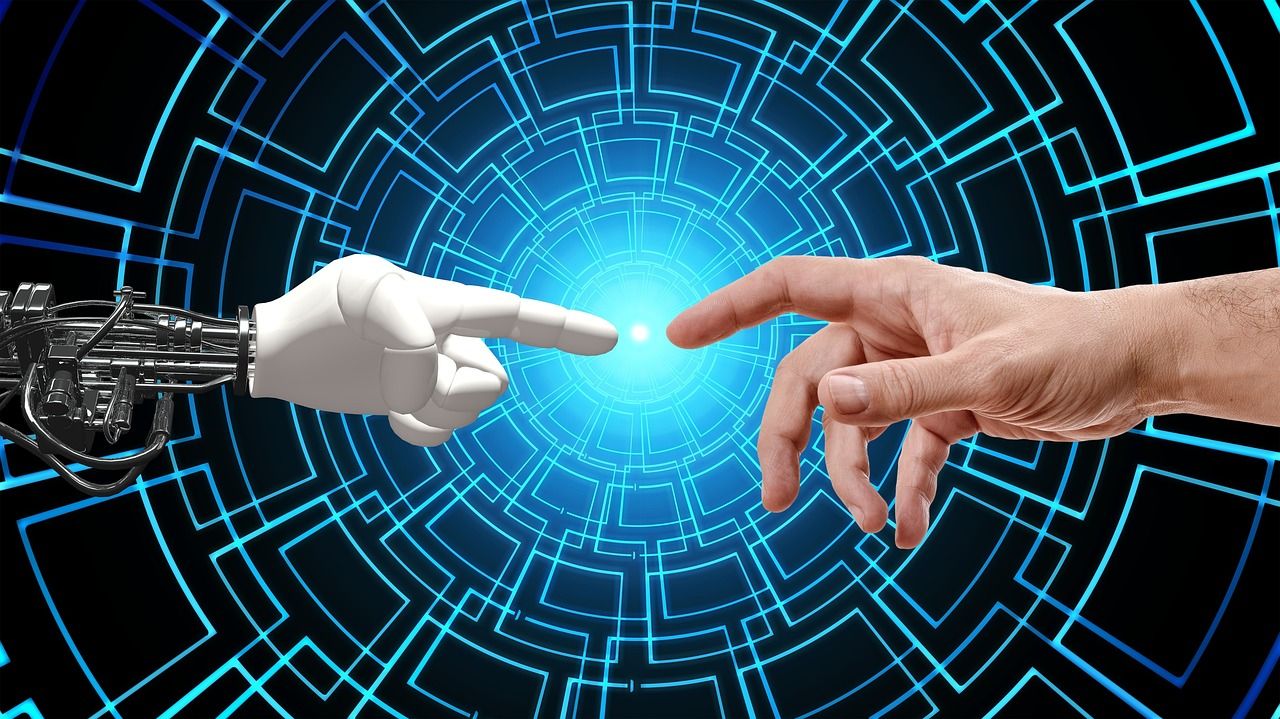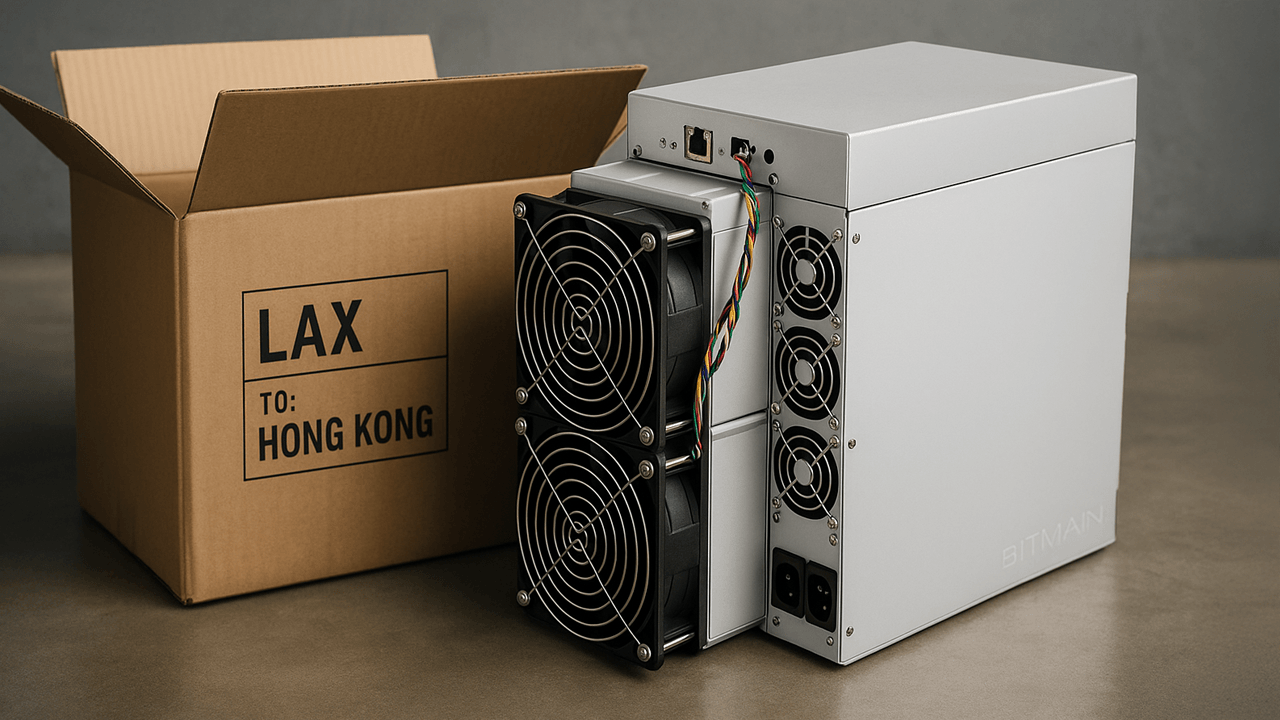Exploring the Key Differences between Object Localization and Object Detection
Object localization and object detection are computer vision techniques that automatically detect objects with an image and video and also pinpoint their location. These techniques are used in autonomous vehicles for identifying objects, such as other vehicles, people, and road signs. An object recognition API is also used for security and surveillance (detecting intruders) and medical imaging (identifying tumors). While object localization and detection are quite similar, there are slight differences between them. In this article, we’ll discuss key differences between object localization vs object detection and the key concepts related to these techniques. Key terms related to object localization and object detection Before we discuss the differences between object localization vs object detection, it’s better to understand the key concepts related to these techniques. These include: Image classification Image classification assigns a label to an entire image based on its content. The purpose is to determine what category the image belongs to. Object classification Object classification identifies and classifies individual objects within an image. It involves detecting the objects and assigning labels to them, such as cat, dog, car, and people. Object classification differs from object localization in that it only assigns labels to objects — it doesn’t pinpoint their location. Object classification helps autonomous cars recognize objects like cars and pedestrians. It is also used in medical imaging to detect multiple tumors. Bounding Box A bounding box is basically a rectangular box that object localization or detection tools draw around the detected object. The purpose of the bounding box is to locate the position of the object within an image. By drawing bounding boxes around multiple objects, object detection tools determine the position of multiple objects within an image. On the other hand, object localization draws a bounding box around a single object. Object detection algorithms Common object detection algorithms include YOLO (You Only Look Once), SSD (Single Shot MultiBox Detector), and R-CNN (Region-based Convolutional Neural Networks). YOLO is known for its fast and real-time object detection, but it’s not very accurate for small objects. SSD works well for both small and large objects, but it’s not as accurate for complex images with overlapping objects. R-CNN provides highly accurate results even for complex images, but it is computationally expensive. Computer Vision Object detection and localization are fundamental to many computer vision applications. They enhance the system’s ability to understand and interact with images. These techniques are used in autonomous vehicles to detect other vehicles and people, medical imaging to detect tumors, and inventory management and automated checkout systems. Machine Learning Machine learning is the key technique used for image detection and localization. Most object detection tasks are supervised. This means the ML model learns from labeled datasets with images containing objects. Neural network Neural networks and deep learning are basically subsets of machine learning. Most modern object detection tools utilize Convolutional Neural Networks (CNNs) to detect and classify objects. CNNs are known for their efficient feature extraction. They automatically extract features from images. This helps the model learn to recognize complex patterns and objects. What is object localization? Object localization is a technique that automatically detects and pinpoints the location of a single object in an image or video. When it detects an object, it creates a bounding box around it, allowing us to see the location of the object. For example, if an object localization tool localizes a dog in an image, it will create a bounding box around it. The following values usually define the bounding box: Coordinates of the top-left corner The horizontal and vertical span of the object. An object localization tool first preprocesses the image to improve its quality. It then uses regression models to extract features like edges and shapes. Finally, it creates a bounding box around the detected object. These tools typically don’t classify the detected object. What is object detection? Object detection is also a computer vision technique that identifies multiple objects in an image or video. It creates a bounding box around each detected object, determining their location. It goes beyond object localization by not only detecting multiple objects but also classifying them. Object classification essentially means assigning relevant class labels to detected objects such as cats, dogs, people, and cars. This is usually done using CNNs or pre-trained models like ResNet. Object detection tools also provide a confidence score for each classified object. Th

Object localization and object detection are computer vision techniques that automatically detect objects with an image and video and also pinpoint their location. These techniques are used in autonomous vehicles for identifying objects, such as other vehicles, people, and road signs.
An object recognition API is also used for security and surveillance (detecting intruders) and medical imaging (identifying tumors). While object localization and detection are quite similar, there are slight differences between them.
In this article, we’ll discuss key differences between object localization vs object detection and the key concepts related to these techniques.
Key terms related to object localization and object detection
Before we discuss the differences between object localization vs object detection, it’s better to understand the key concepts related to these techniques. These include:
Image classification
Image classification assigns a label to an entire image based on its content. The purpose is to determine what category the image belongs to.
Object classification
Object classification identifies and classifies individual objects within an image. It involves detecting the objects and assigning labels to them, such as cat, dog, car, and people. Object classification differs from object localization in that it only assigns labels to objects — it doesn’t pinpoint their location.
Object classification helps autonomous cars recognize objects like cars and pedestrians. It is also used in medical imaging to detect multiple tumors.
Bounding Box
A bounding box is basically a rectangular box that object localization or detection tools draw around the detected object. The purpose of the bounding box is to locate the position of the object within an image.
By drawing bounding boxes around multiple objects, object detection tools determine the position of multiple objects within an image. On the other hand, object localization draws a bounding box around a single object.
Object detection algorithms
Common object detection algorithms include YOLO (You Only Look Once), SSD (Single Shot MultiBox Detector), and R-CNN (Region-based Convolutional Neural Networks).
YOLO is known for its fast and real-time object detection, but it’s not very accurate for small objects. SSD works well for both small and large objects, but it’s not as accurate for complex images with overlapping objects. R-CNN provides highly accurate results even for complex images, but it is computationally expensive.
Computer Vision
Object detection and localization are fundamental to many computer vision applications. They enhance the system’s ability to understand and interact with images. These techniques are used in autonomous vehicles to detect other vehicles and people, medical imaging to detect tumors, and inventory management and automated checkout systems.
Machine Learning
Machine learning is the key technique used for image detection and localization. Most object detection tasks are supervised. This means the ML model learns from labeled datasets with images containing objects.
Neural network
Neural networks and deep learning are basically subsets of machine learning. Most modern object detection tools utilize Convolutional Neural Networks (CNNs) to detect and classify objects. CNNs are known for their efficient feature extraction. They automatically extract features from images. This helps the model learn to recognize complex patterns and objects.
What is object localization?
Object localization is a technique that automatically detects and pinpoints the location of a single object in an image or video. When it detects an object, it creates a bounding box around it, allowing us to see the location of the object. For example, if an object localization tool localizes a dog in an image, it will create a bounding box around it.
The following values usually define the bounding box:
Coordinates of the top-left corner
The horizontal and vertical span of the object.
An object localization tool first preprocesses the image to improve its quality. It then uses regression models to extract features like edges and shapes. Finally, it creates a bounding box around the detected object. These tools typically don’t classify the detected object.
What is object detection?
Object detection is also a computer vision technique that identifies multiple objects in an image or video. It creates a bounding box around each detected object, determining their location. It goes beyond object localization by not only detecting multiple objects but also classifying them.
Object classification essentially means assigning relevant class labels to detected objects such as cats, dogs, people, and cars. This is usually done using CNNs or pre-trained models like ResNet. Object detection tools also provide a confidence score for each classified object.
The confidence tool shows how confident the tool/model is that the detected object belongs to a certain class. For example, the tool could provide a confidence score of 90% for a detected cat but a 50% score for a person in the same image.
Object recognition and detection with Filestack
Filestack offers advanced image processing capabilities by utilizing object detection and localization. Its efficient AI image tagging provides accurate tags for multiple objects present in an image. Thus, it allows users to automatically classify images and manage them efficiently.
Filestack leverages neural networks and deep-learning to automatically generate accurate tags for objects within an image. It supports various categories, such as animals, people, and transportation.
Example code
Here is an example code to implement Filestack auto image tagging:
Image Upload and Tagging
Image Upload and Tagging
Image Tags:
You can get the complete code from our GitHub repository.
Output
The code above will display the following screen:
When you click the ‘upload’ button, Filesack File Picker will appear. You can use it to upload the image for which you want to generate tags.
Once you upload the image, it’ll generate relevant tags:
Conclusion
Object localization and object detection are both computer vision that involves detecting the position of an object/objects within an image. The key difference between these techniques is that object localization detects a single image, while object detection detects multiple objects. Object detection also provides labels for the detected objects.
Object localization can be used for:
Detecting a single face in an ID photo
Identifying a single tumor in an MRI scan
Find the position of a pedestrian in an autonomous vehicle
Locating a barcode on a product
Object detection can be used for:
Detecting multiple faces in a group photo
Identifying multiple tumors in an MRI scan
Detecting pedestrians and cars in real time
Detecting multiple products on store shelves
FAQs
What is the difference between object detection and localization?
Object localization detects a single object in an image, whereas object detection detects multiple objects in an image. Object detection also classifies objects by assigning them labels.
What is the difference between object detection and object tracking?
Object Detection identifies and locates objects in a single image or video. In contrast, object tracking follows a detected object across multiple frames in a video.
What are the use cases of object localization and object detection?
Automotive, retail, and healthcare industries use these techniques for tasks like detecting other vehicles and pedestrians in autonomous vehicles, detecting multiple products on store shelves, and detecting multiple tumors.
This article was originally published on the Filestack blog.


















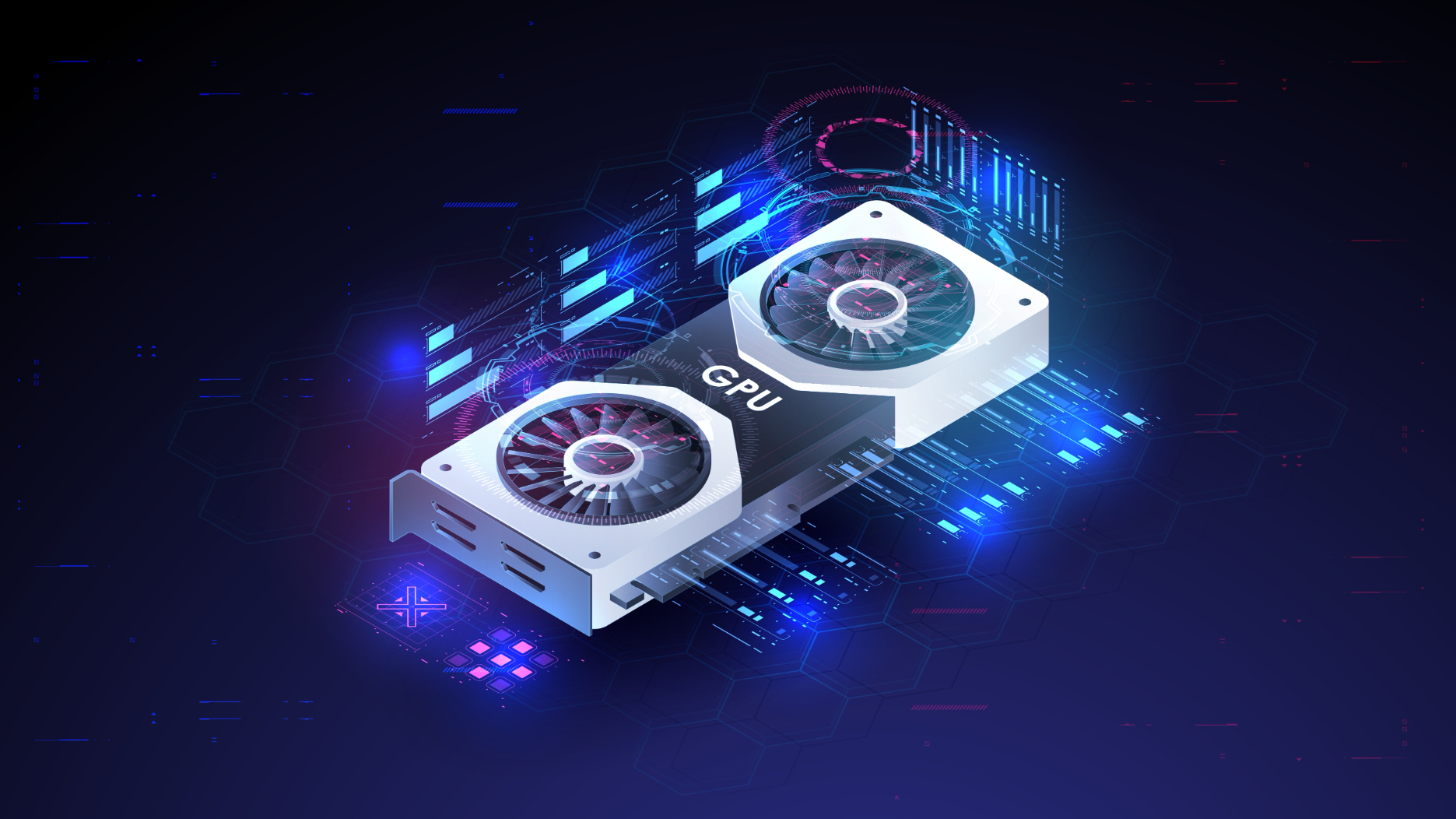






















































































































































![[The AI Show Episode 144]: ChatGPT’s New Memory, Shopify CEO’s Leaked “AI First” Memo, Google Cloud Next Releases, o3 and o4-mini Coming Soon & Llama 4’s Rocky Launch](https://www.marketingaiinstitute.com/hubfs/ep%20144%20cover.png)















































































































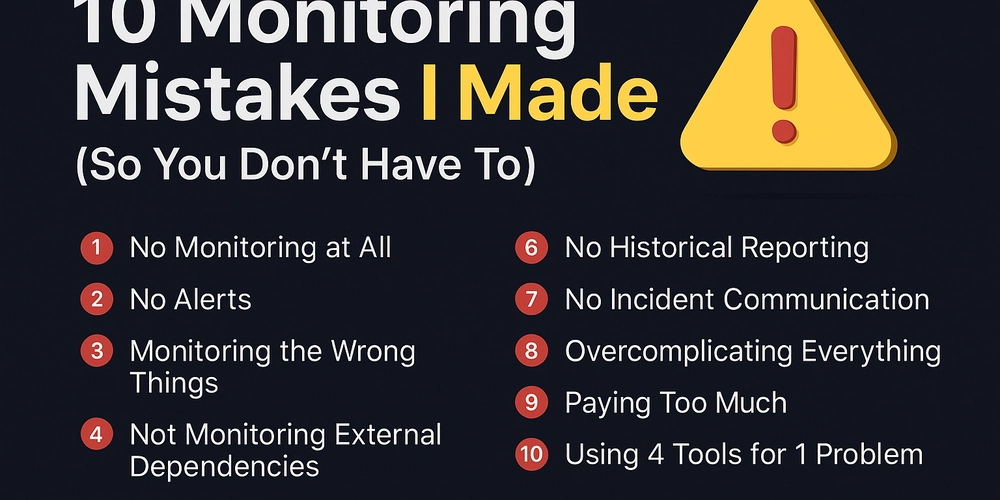


































































.jpg?width=1920&height=1920&fit=bounds&quality=70&format=jpg&auto=webp#)









































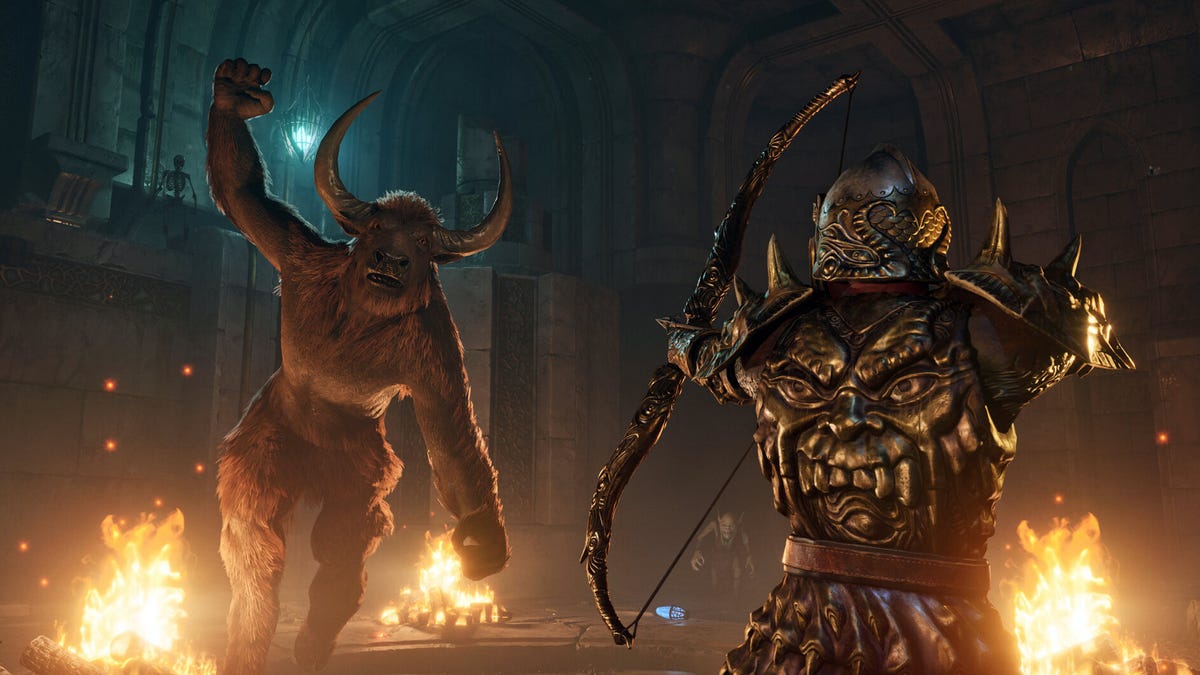





















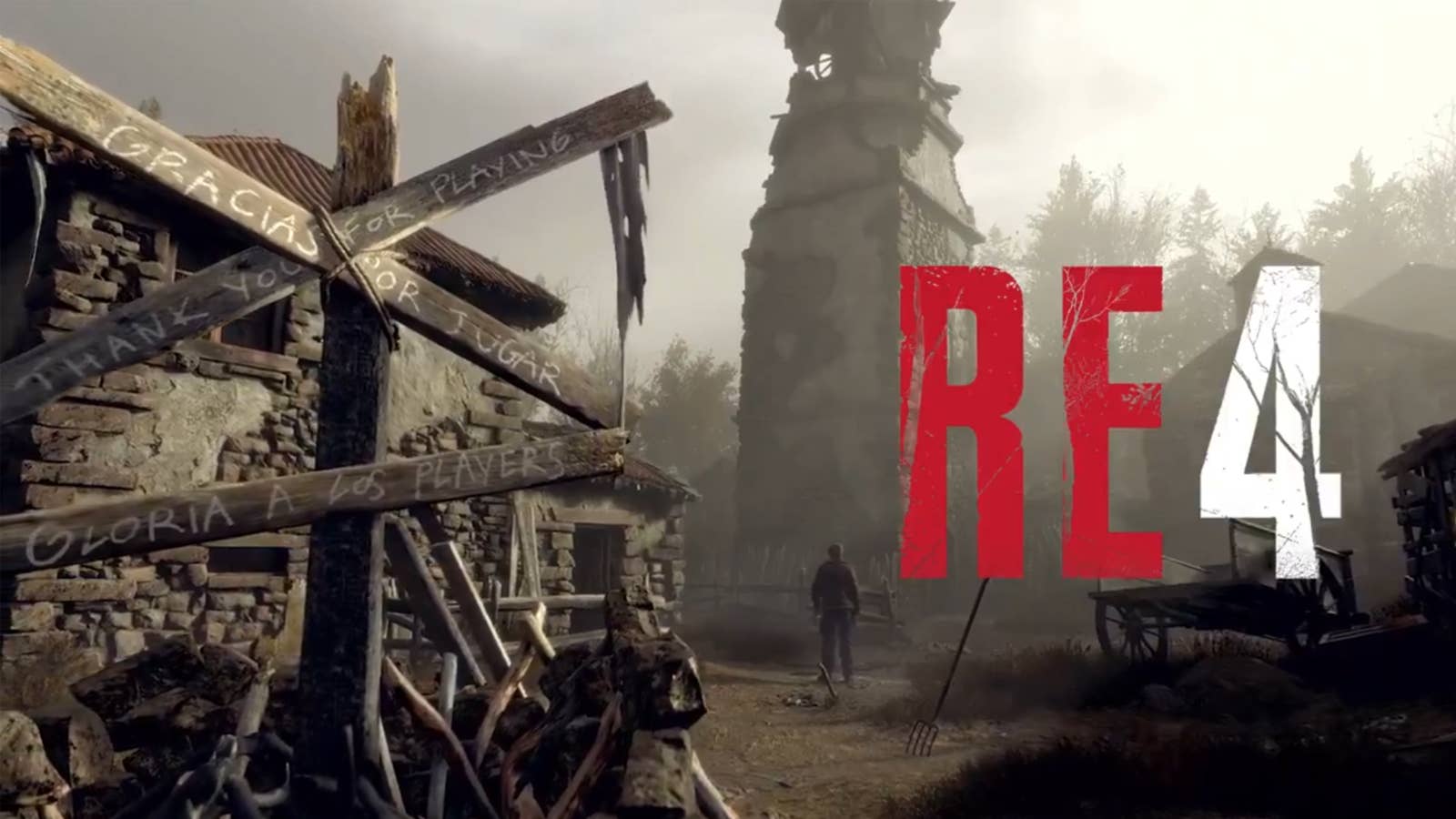























_Olekcii_Mach_Alamy.jpg?width=1280&auto=webp&quality=80&disable=upscale#)








































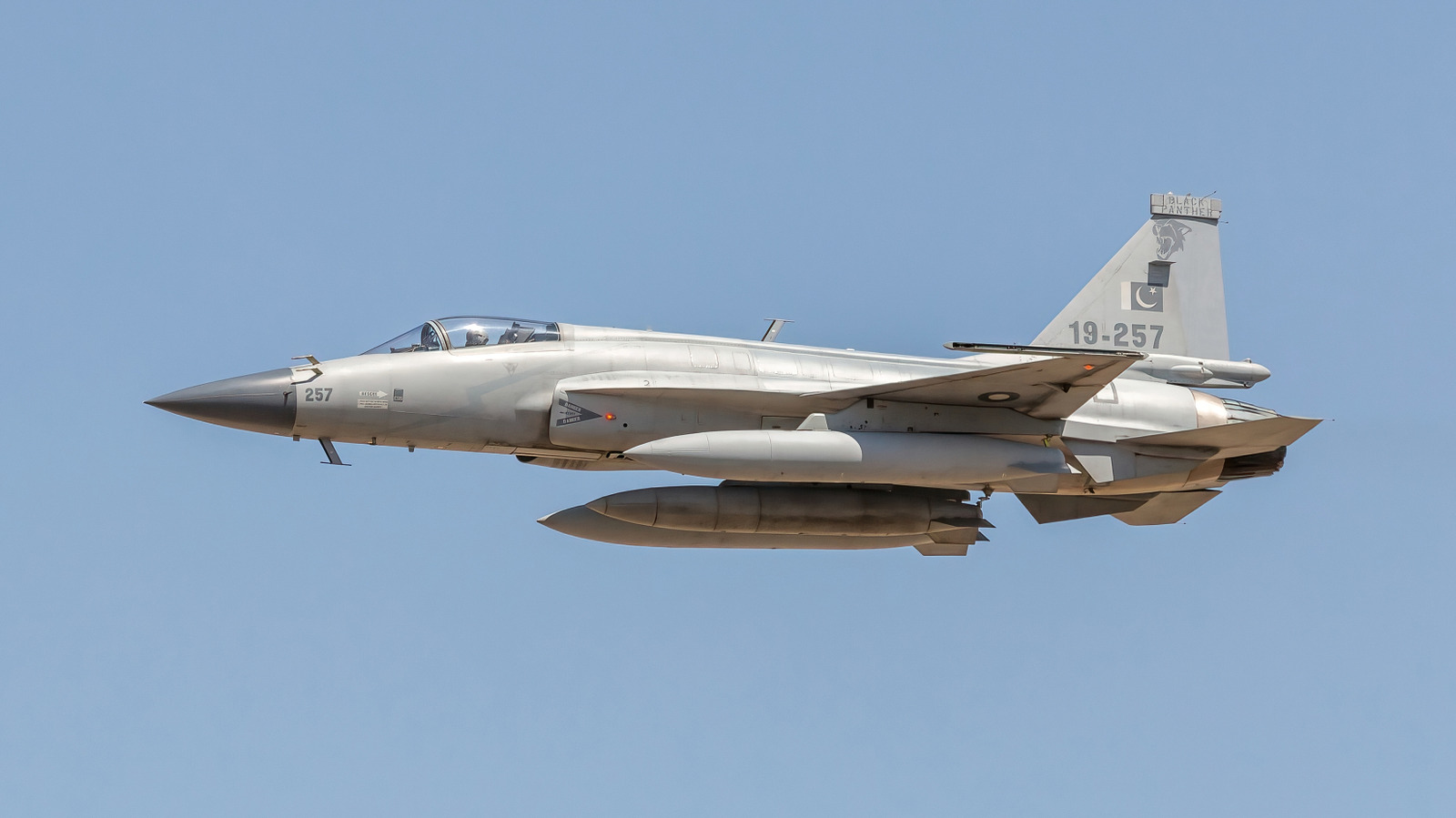
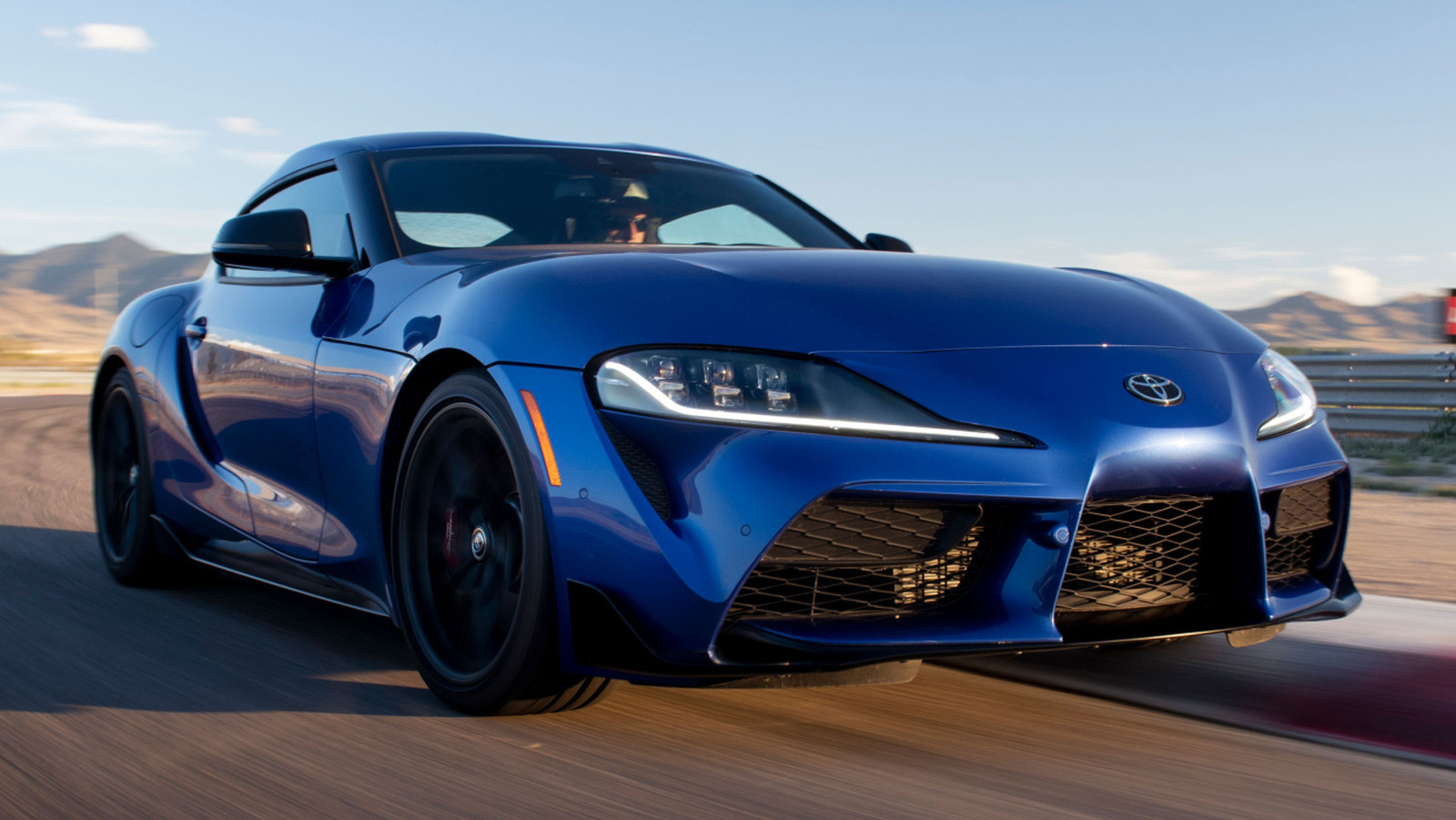





































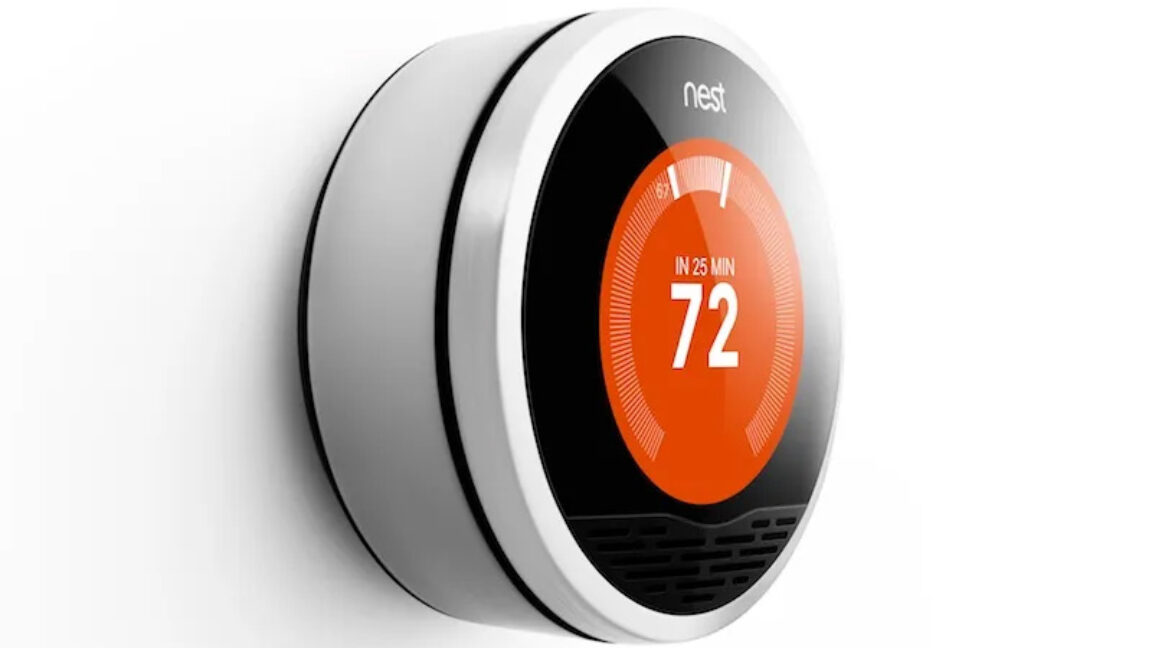
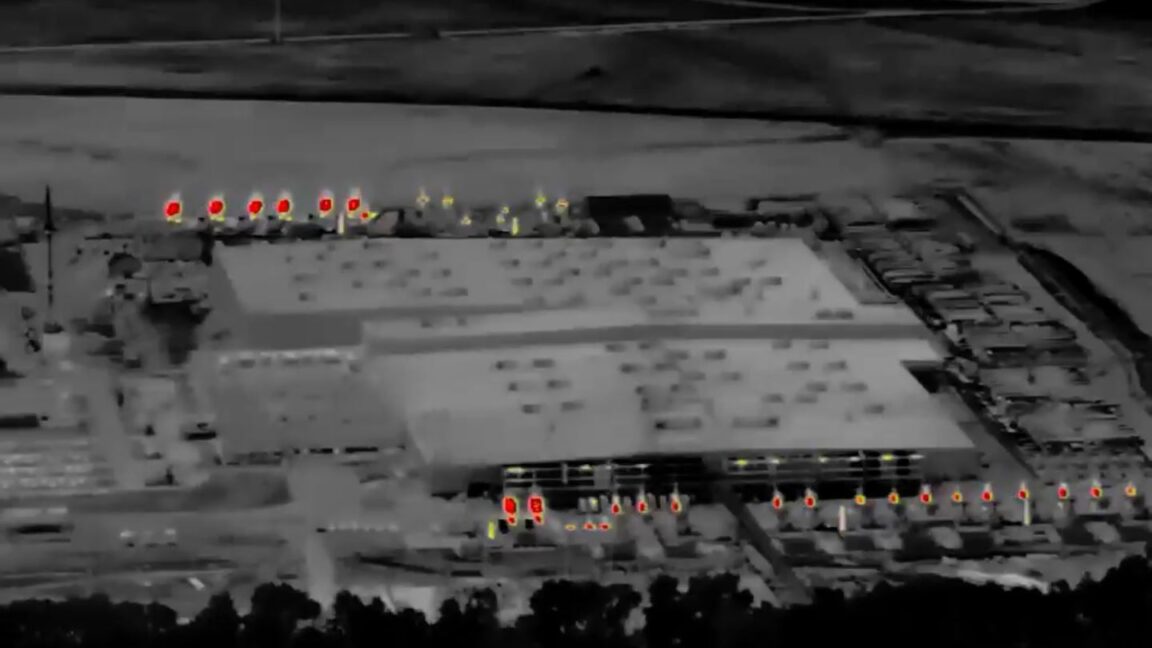








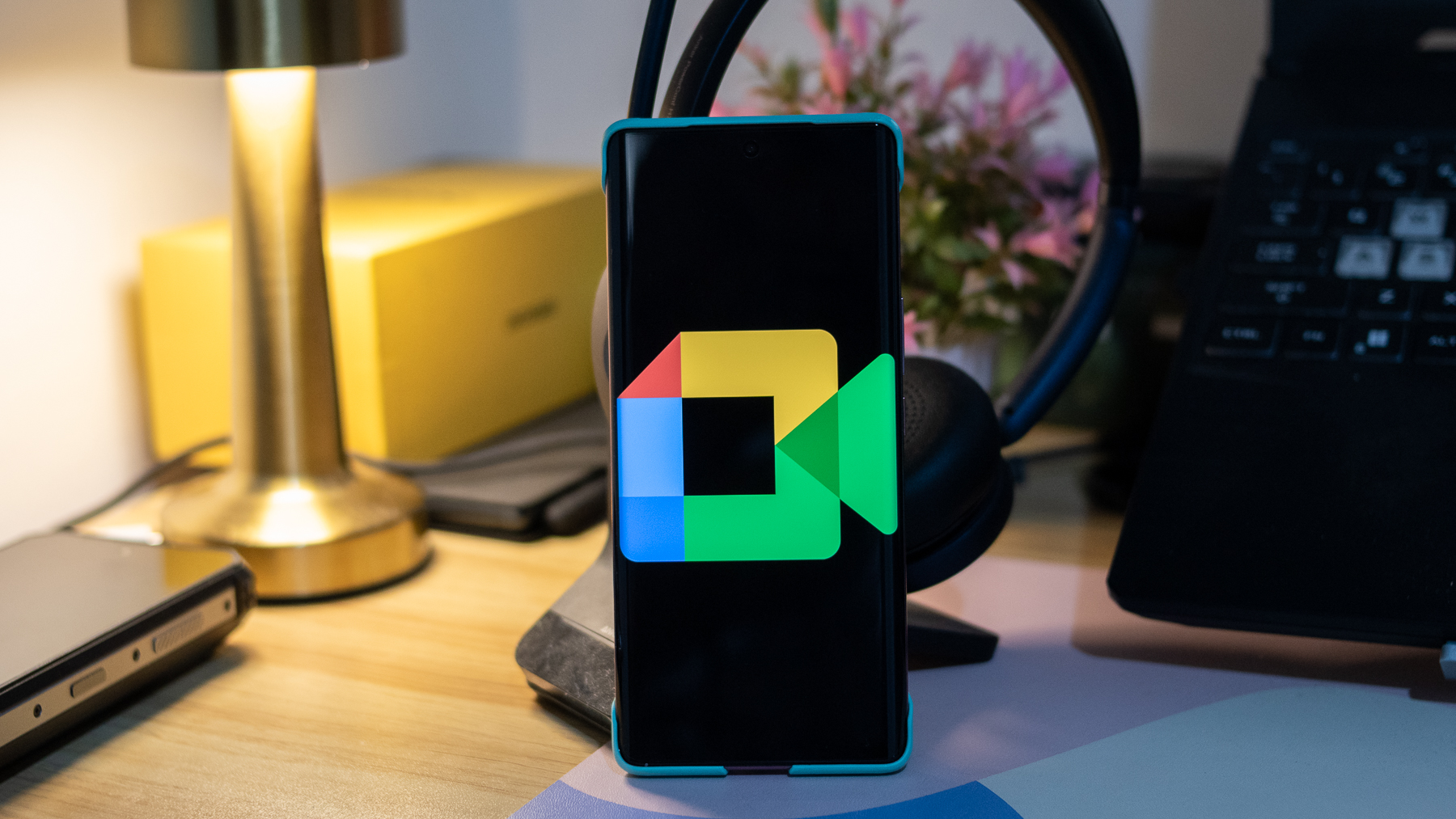
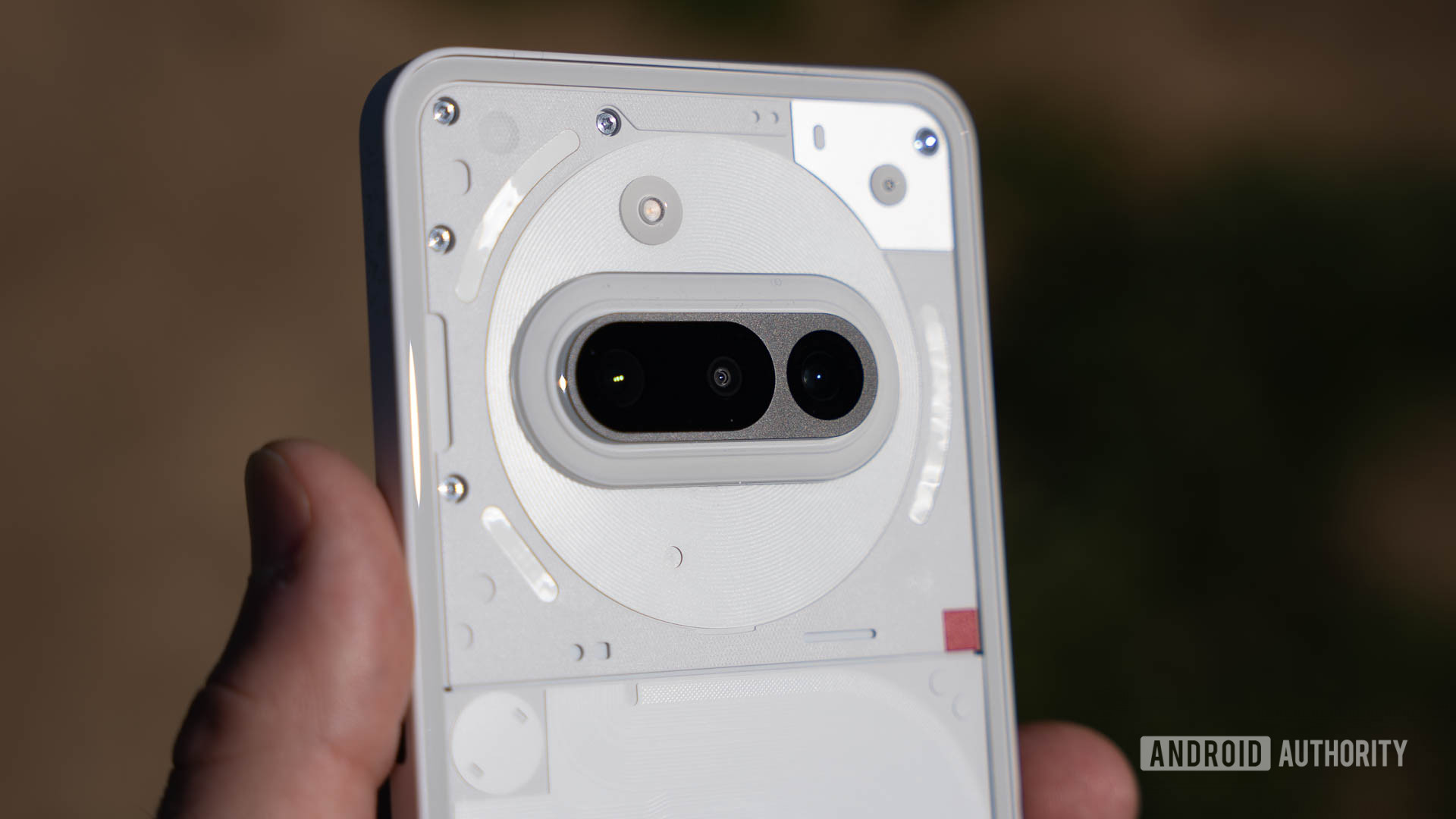
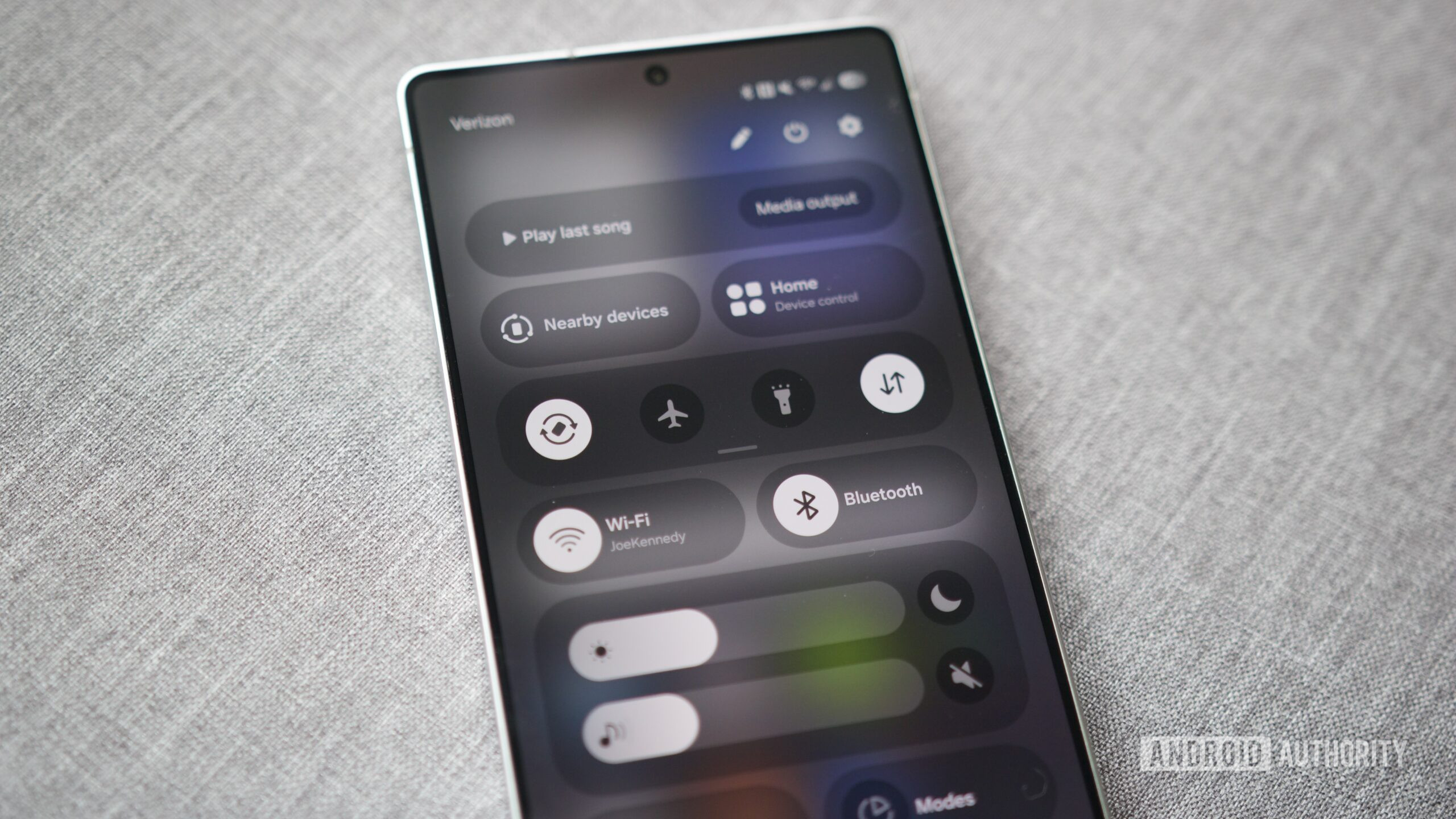
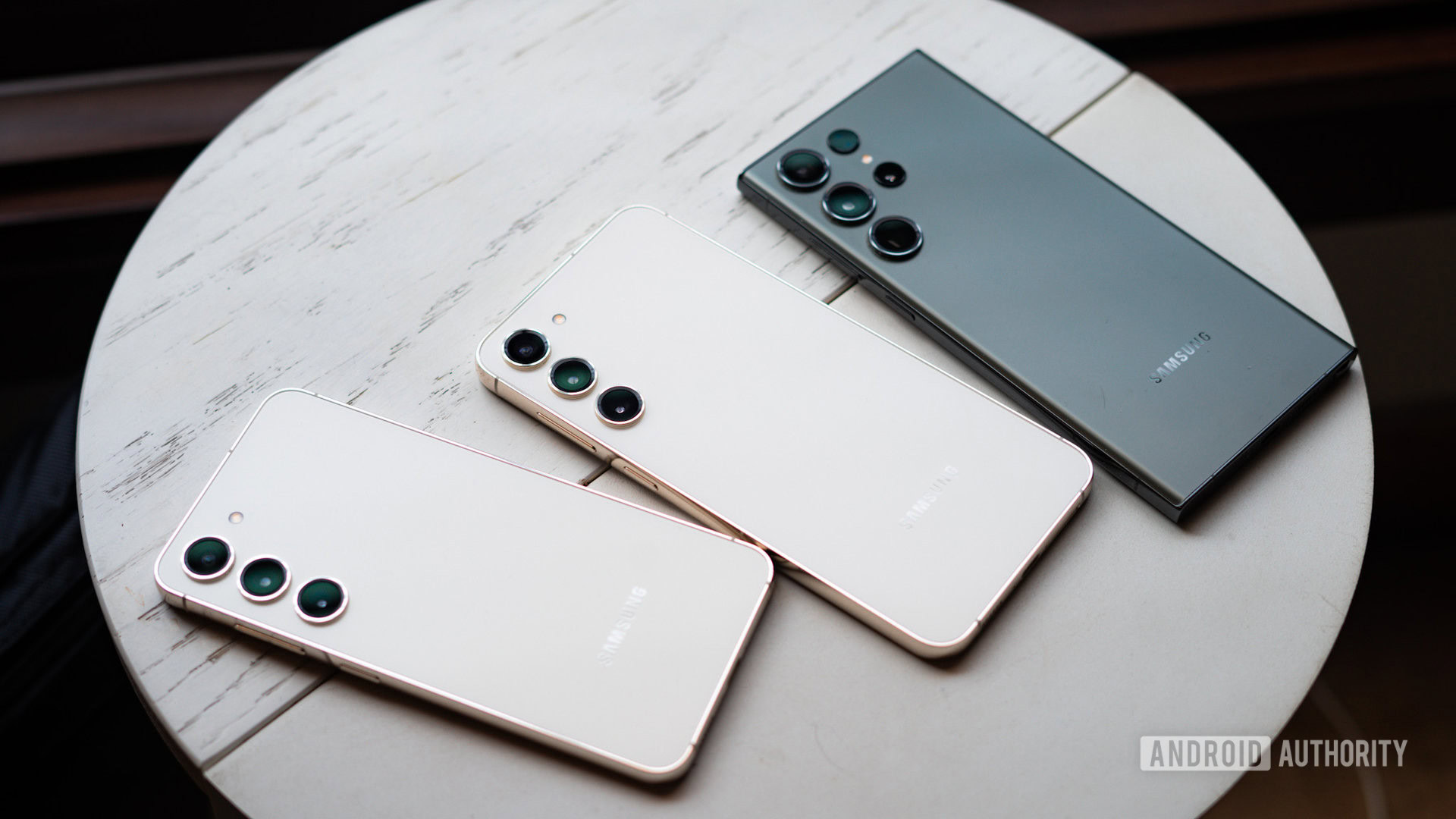
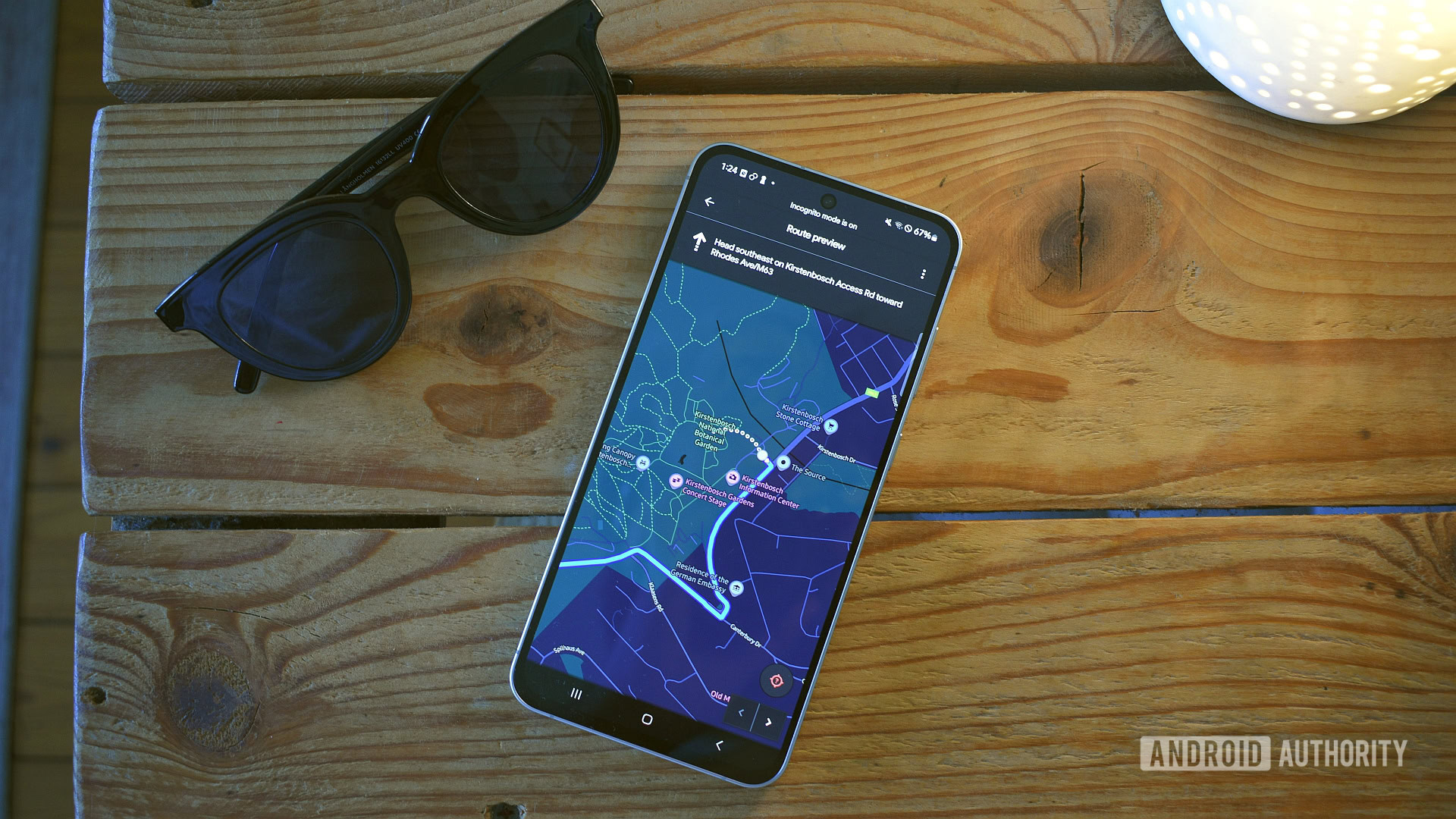

















![Apple Drops New Immersive Adventure Episode for Vision Pro: 'Hill Climb' [Video]](https://www.iclarified.com/images/news/97133/97133/97133-640.jpg)

![Most iPhones Sold in the U.S. Will Be Made in India by 2026 [Report]](https://www.iclarified.com/images/news/97130/97130/97130-640.jpg)
![Apple to Shift Robotics Unit From AI Division to Hardware Engineering [Report]](https://www.iclarified.com/images/news/97128/97128/97128-640.jpg)
































































